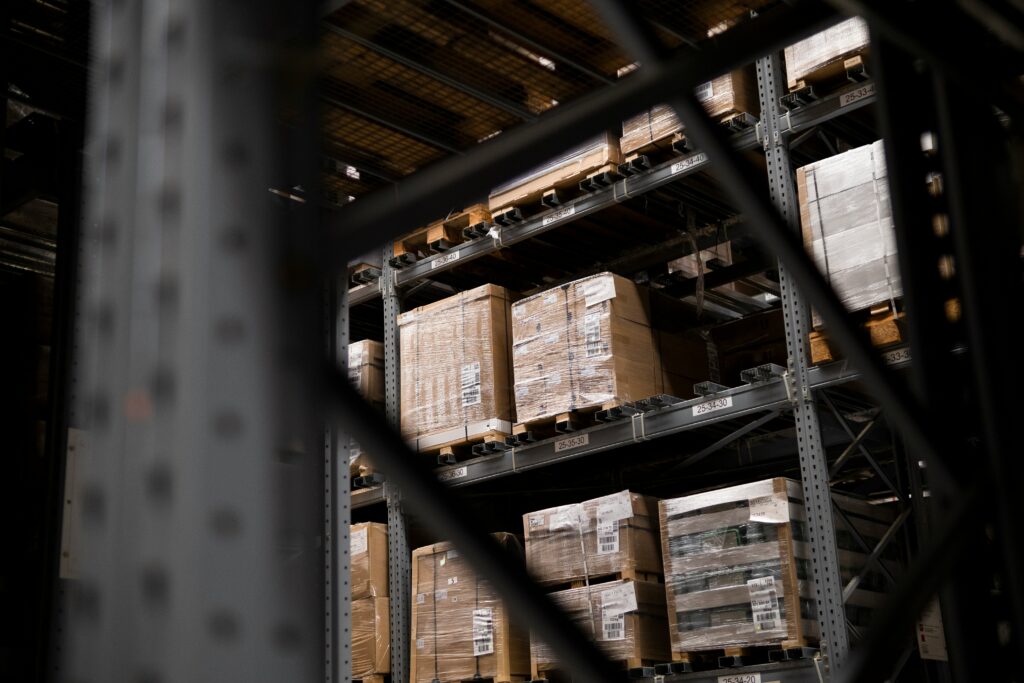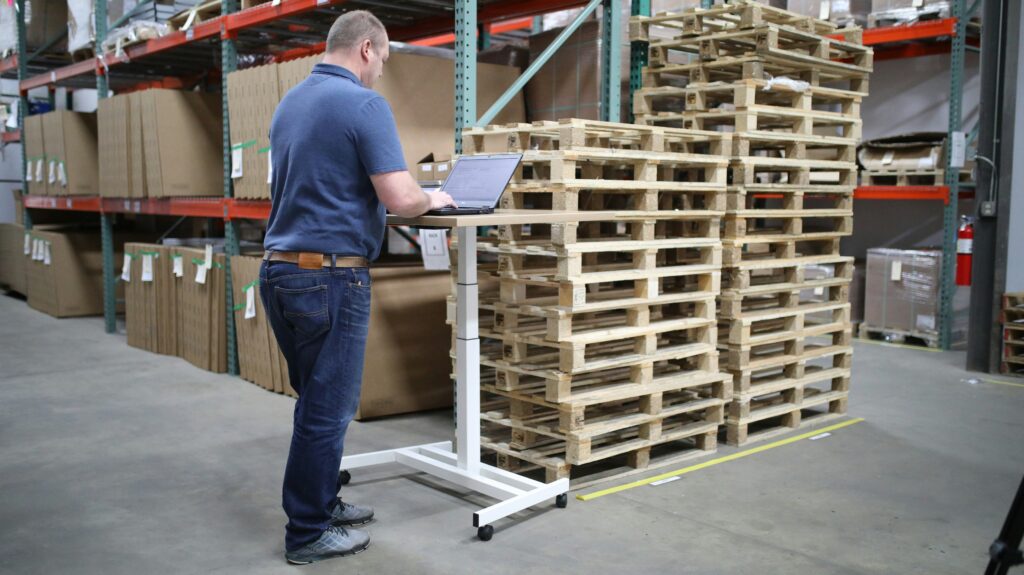Small parcel shipping is an intricate yet indispensable part of the modern supply chain, all the more so as the e-commerce boom reshapes expectations. Just consider that by the end of this year, global parcel volume is expected to hit 200 billion parcels! That’s no small number.
Whether you’re shipping across the country or across town, understanding how small parcel shipping works can help you stay ahead of the curve.
From packaging to fulfillment and last-mile delivery, every detail matters. Here’s a helpful guide to get you started.
What Is Small Parcel Shipping?
Small parcel shipping is the delivery of individual, lightweight packages that don’t require forklifts or pallets to move. Many retail businesses use this option to send small-sized orders straight to customers’ doors – even within the day.
Small parcels typically weigh under 70 pounds (approx. 32 kilograms), although some major carriers accept parcel packages up to 150 pounds (68 kilos). These items are usually shipped in envelopes, poly mailers, or cardboard boxes, packaged by the sender or supplied by the carrier.
To keep things moving smoothly, carriers set small parcel size and weight limits to help automate sorting and optimize space during transport. This means fewer hiccups along the way and better delivery times.
Small parcel shipping offers speed and convenience to your customers. Whether you’re using custom-branded boxes or simple packaging, each parcel shipment reflects your commitment to service.
How Does Small Parcel Shipping Work?
Many e-commerce stores partner with third-party logistics providers (3PLs) to handle parcel logistics. But for those managing things in-house, this is how the process typically unfolds.
It all starts when a customer places an order. The item is located, packaged, and sorted for delivery based on destination. And just like that, the process is set in motion.
Here are the key steps involved in a typical small parcel shipping process:
Proper Parcel Packaging
Use strong, clean boxes, and, if you’re reusing them, remove all old labels. Cushion fragile items with bubble wrap or packing peanuts, and fill empty spaces to avoid shifting. Seal with 2-inch-wide tape in an “H” pattern. Skip string or paper wrap, which can tangle in sorters. And cover the label with tape or sleeves so it stays legible, even in bad weather.
Accurate Package Labeling & Documentation
Clear labels matter. Include full sender and recipient addresses with ZIP codes. For international deliveries, add customs forms and declarations. Double-check everything before sending to avoid returns or delays. Consider incorporating auto-generating shipping documents into your workflow that help prevent mistakes and reduce lead times by up to 60%.
Carrier Selection & Booking
Choose a carrier based on your priorities – speed, budget, or service extras. Once selected, you can either schedule a pickup or drop off your small parcel delivery at a local point of collection.
Collection & Sorting
Carriers pick up the shipment and route it to a sorting facility, where automated systems sort packages by zip code or region.
Transit To Distribution Center
Parcels are then loaded onto trucks and head to regional hubs where they’re sorted again and dispatched to local drivers. Efficient routing and manageable parcel weights help speed things up.
Last-Mile Delivery
The driver takes the small parcel package to its final destination, your customer’s doorstep.
Tracking
Throughout the journey, most carriers offer real-time tracking, providing both the sender and recipient with visibility into the parcel shipment’s progress.
Why Are Companies Using Small Parcel Shipping?
Compared to freight transport, such as Full Truckload (FTL), Less Than Truckload (LTL), or even Full Container Load (FCL) for sea freight, small parcel shipping focuses on smaller, more frequent shipments. It has thus become a pillar of e-commerce and modern retail. And for good reason.
Easier Tracking Capabilities
Small parcel shipments pass through multiple scan points, ensuring accurate and timely tracking. Shipping platforms that sync with carrier APIs simplify this process even further, leading to even better tracking, fewer lost shipments, less confusion, and lower costs.
Convenience & Flexibility
Parcel shipping offers true door-to-door service, with the added flexibility to schedule pickups or drop-offs at designated local spots. You can also add extras like insurance or delivery confirmation.
Speed
Automated systems, dense delivery routes, and regional fulfillment centers help parcels move quickly. Adding micro-fulfillment hubs to the mix can cut delivery times even more, by as much as two days! As a result, many 3PLs integrate these advanced capabilities into their broader fulfillment services, further enhancing delivery speed and reliability.
Access To Remote Locations & Global Reach
From city centers to remote villages, parcel carriers often serve areas that larger freight networks can’t reach. International parcel services also enable small brands to connect with shoppers worldwide.
Enhanced Customer Satisfaction
On-time delivery and reliable updates build trust. When customers can track their orders and receive clear communication, they’re more likely to come back.
Environmental Impact Reduction
Many parcel services now offer eco-friendly shipping. Optimized routes and packaging efficiency reduce miles traveled and waste produced. Innovative brands are also switching to recyclable or compostable materials.
Negotiating Power
High-volume shippers and 3PLs often qualify for discounted rates and special contracts, which ultimately benefit your customers.
What Are The Challenges Of Small Parcel Shipping?
Despite its multiple advantages, parcel logistics doesn’t come without hurdles. So, businesses need to stay sharp to avoid common pitfalls:
Risk Of Damage Or Loss
The more touchpoints there are, the greater the chance that something will go wrong. Multiple transfers mean higher odds of breakage or misdelivery.
Cost Management
Shipping costs keep rising, with base rates, surcharges, and General Rate Increases (GRIs) adding up quickly. Last-mile delivery is the most expensive leg of the journey, accounting for over half of shipping costs. So, choose your carrier wisely.
Customs Regulations
For international parcels, customs regulations can be tricky. Errors or incomplete forms can lead to delays, unexpected charges, or non-arrivals.
Limited Size & Weight
Stay within the small parcel dimensions to avoid significantly higher costs and potential delays. Oversized or overweight packages often require switching to freight methods.
How 3PLs Help You Optimize Small Parcel Shipping
Partnering with a 3PL brings tools, tech, and strategy to make parcel shipping smoother, smarter, and more cost-effective.
With advanced inventory systems, a 3PL gives retailers real-time stock visibility across warehouses. This allows you to place inventory closer to your customers, shortening delivery times and reducing expenses.
3PLs also have established relationships with multiple carriers and better access to discounts and more flexible shipping options. As a result, you can pick the best method for each small package shipping task, every time.
During peak seasons, a reliable 3PL can ramp up quickly – expanding warehouse space, adding shifts, and increasing headcount to meet demand.
More than that, 3PLs elevate customer service with automated alerts and real-time order updates. No extra tickets or emails required – and no additional costs for you.
And if something needs to be returned? An established 3PL helps turn that into a smooth experience, too. Fast, efficient returns keep your customers happy and more likely to shop again.
Partner With Nimbl Fulfillment
At Nimbl Fulfillment, we help brands navigate small parcel shipping with ease, speed, and precision. We specialize in shipping small packages through every major carrier – and we do it at scale.
Our shipping volume means better rates for our clients. But it doesn’t stop there. We combine that with smart tech for inventory visibility, fast processing, and reliable small parcel fulfillment every time.
Whether you’re a fast-growing company or you’re just getting started, our solutions flex with your needs, so you can stay focused on your customers while we take care of the logistics. Let’s talk!



